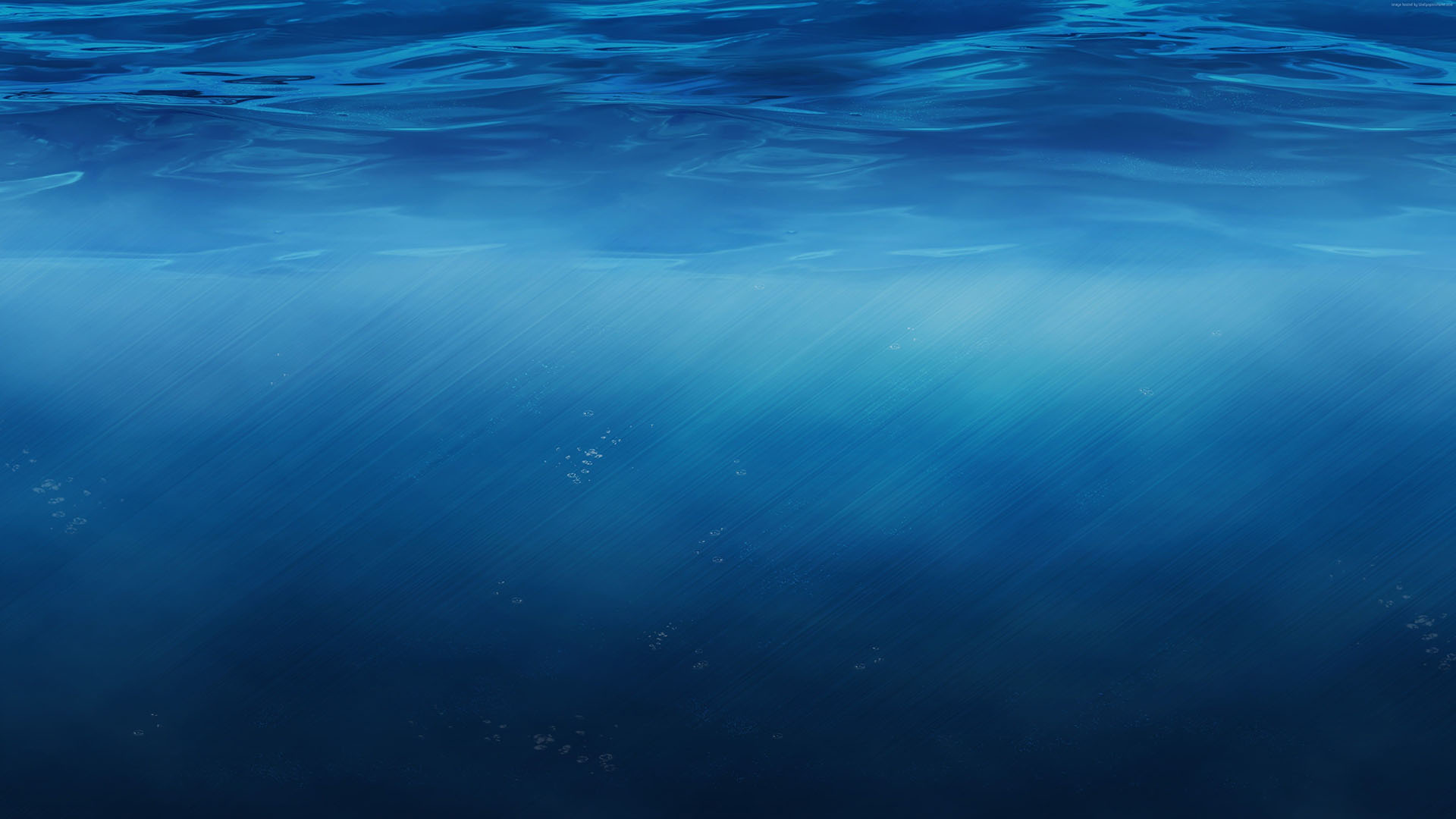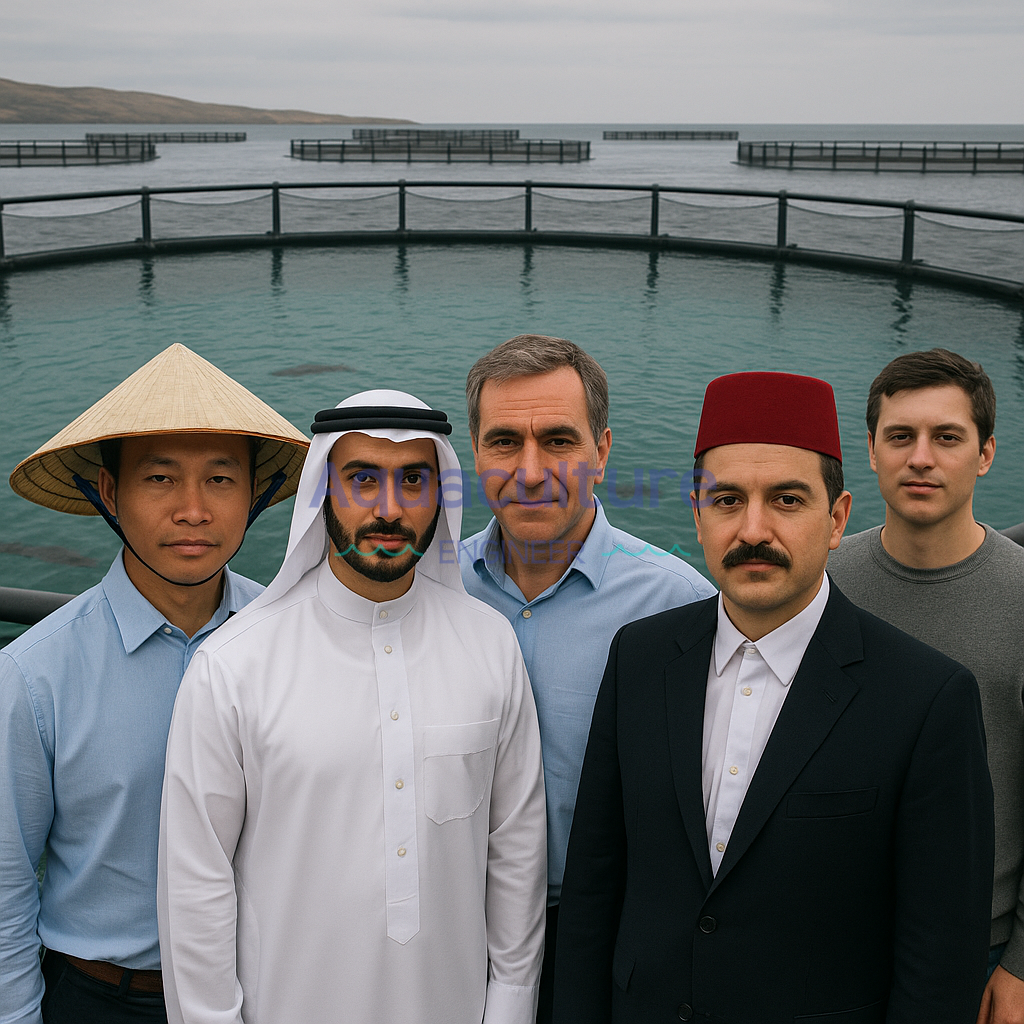

Aquaculture is a global industry, but each region has its own engineering solutions. These are not always official standards but rather regional engineering practices — technologies that became widespread due to equipment availability, operator habits, or simply copying what neighbors do. Sometimes they help, but sometimes they become limitations if applied without critical evaluation.
Scandinavia, and Denmark in particular, is known as the birthplace of “Danish technology” — trout raceway ponds. Over time, these evolved into Model Trout Farms with partial recirculation, drum filters for suspended solids, sludge treatment, and advanced oxygenation systems. Strict environmental regulations forced the industry to modernize, creating a strong engineering culture around water efficiency and sustainability.
In Vietnam and other Southeast Asian countries, aquaculture often develops through extensive farming: minimal capital investment, reliance on natural pond productivity, and low-cost labor.
Here, the “norm” is semi-biofloc. Officially considered biofloc, in practice farmers replace up to 50% of pond water daily, since stable microbial balance is hard to maintain. Another characteristic regional practice is the use of protein skimmers as the main filtration system in ponds — while elsewhere, these devices are only considered supplementary.
This allows for large-scale production at low upfront cost, but also leads to unstable results, frequent disease outbreaks, and significant environmental impact on rivers and coastal areas.
In Saudi Arabia and other Gulf countries, aquaculture often grows by copying neighboring solutions. One striking example is the use of oxygen diffusers instead of cones.
At first glance, diffusers look effective: bubbles rise through the water. But in reality, only a small fraction of oxygen dissolves — most escapes into the atmosphere. This leads to increased liquid oxygen (LOX) consumption, higher operating costs, and less stable conditions at high stocking densities.
In Turkish RAS farms, sand filters are widely used as the main system for mechanical filtration. These filters are familiar and readily available, which is why they have spread across the country.
However, in aquaculture conditions sand quickly clogs with mucus, feed, and feces. Without proper maintenance, the filter media hardens into a dense mass that requires labor-intensive cleaning. Despite these issues, sand filters remain a widely accepted regional practice.
In Russia and CIS countries, aquaculture still relies on engineering solutions inherited from the Soviet era:
These designs have proven reliable for decades, but modern intensive fish farming requires their adaptation to new conditions, higher energy efficiency, and integration into more advanced RAS systems.
Regional engineering practices form the foundation of aquaculture around the world. They make it possible to start farms quickly and build on local knowledge. However, copying them blindly without evaluation can lead to costly inefficiencies.
Every solution should be analyzed through the principle of TCO (Total Cost of Ownership) — not just the purchase price, but the cost of energy, water, oxygen, maintenance, and downtime over the entire system lifecycle.
The future of aquaculture lies in combining regional practices with international technologies, creating systems that are efficient, sustainable, and profitable.
At Aquaculture Engineer, we study and respect regional engineering practices — from Scandinavian model trout farms and Turkish sand filters to Russian ICA tanks and “Ossetr” incubators, from semi-biofloc in Vietnam to oxygen diffusers in the Middle East.
We understand where these practices work and where they become limitations. Our role is to connect local realities with the best global aquaculture engineering solutions.
👉 Our mission is to make every farm sustainable, efficient, and profitable — no matter the region.
💡 Contact me to get a free initial consultation and learn how to avoid these mistakes in your fish farming project: Contact Aquaculture Engineer
© Dmitry Yakovlev